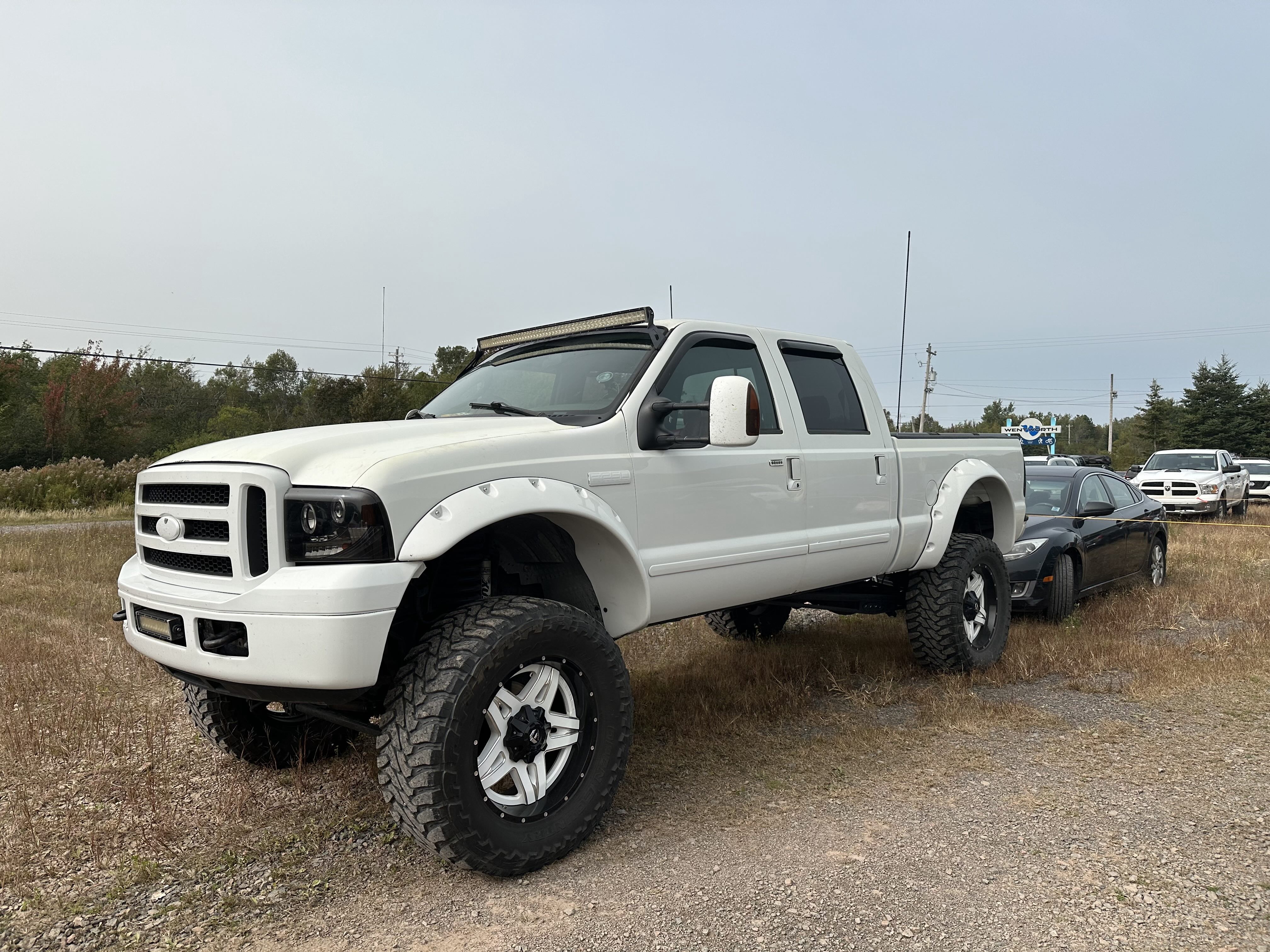This article was first published by the Halifax Examiner on October 28, 2024. It is the third and final article in a series looking at the ongoing trend in North America for ever bigger and taller pickups and SUVs, and some of the problems these pose both for human health and safety, and for the health of the planet. In this article we look at what governments in Canada could, at least in theory, do to tackle the bloat. Part 1 is available here and Part 2 is available here.
For 10 years Ben MacLeod watched from afar what was happening in his home town of Halifax, and was pleased to see HRM Council undertaking “progressive initiatives” on traffic safety, and the “gradual construction of the bike lane network.”
“It was exciting to see them moving in the right direction,” he said in an interview.
MacLeod, an urban planner and sustainable transportation advocate, had moved to Hong Kong in 2012, and in 2022 moved back to Halifax, where he grew up.
“I was excited to come back to see what’s changed,” he said.
What MacLeod didn’t bargain on, what made him “a little bit shocked” when he got home, however, was the “design trends” in the vehicles on the roads, and how prevalent big vehicles had become.
“Eighty-six percent of new vehicles in Canada are now SUVs [sports utility vehicles] and pickup trucks, which is shocking,” said MacLeod, who doesn’t own a car and mostly gets around on foot or on bicycle.

